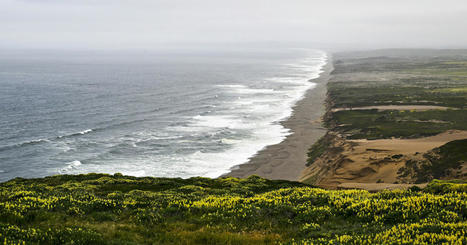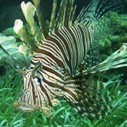This is the clearest evidence that our ancestors speared and killed the extinct giant.
These unique photographs seen by the world for the first time show the wounded vertebrae of the woolly mammoth found in Siberia. Forensic evidence proves the hole was made by a spear or javelin, meaning the huge creature was slain by ancient man some 13,470 years ago. It does not answer the conundrum that still puzzles scientists: why did the mammoths vanish from the face of the planet? Man's butchery may have been a factor, but can it really be the only one? Our exclusive pictures from Khanty-Mansiysk show the remains of a mammoth located a dozen years ago close to the confluence of the rivers Ob and Irtysh in the west of Siberia.
The images show the thoracic vertebrae of a mammoth, which in all probability was marooned in a clay swamp when the hunters went in for the kill. It is believed the weapon was thrown with great force at the creature. The vertebrae is pierced by a cone-shaped hole resulting from the penetration of a notched point, and there are fragments of quartzite flakes lodged inside, according to Russian scientists.
The discovery was made at the Lugovskoe 'mammoth graveyard' by scientists Alexander Pavlov and Eugeny Mashchenko in a swampy area where thousands of bones of mammals - mainly mammoths - have been unearthed by scientists since the 1990s. It remains unclear to what extent our ancestors ate the woolly mammoth when other, perhaps more succulent, food sources were available. Yet a related discovery last year in Lugovskoe was the remains of a 13,270 year old fireplace belonging to early men in this region.
The current theory is that mammoth bone was burned with charcoal, the fat from the bone giving a superior heat. Anton Rezvy, 39, head of the palaeontological department of the Khanty-Mansiysk Museum of Nature and Man, explained: 'The vertebra was found in Lugovskoe mammoth cemetery.'
Via
Dr. Stefan Gruenwald
 Your new post is loading...
Your new post is loading...
 Your new post is loading...
Your new post is loading...















